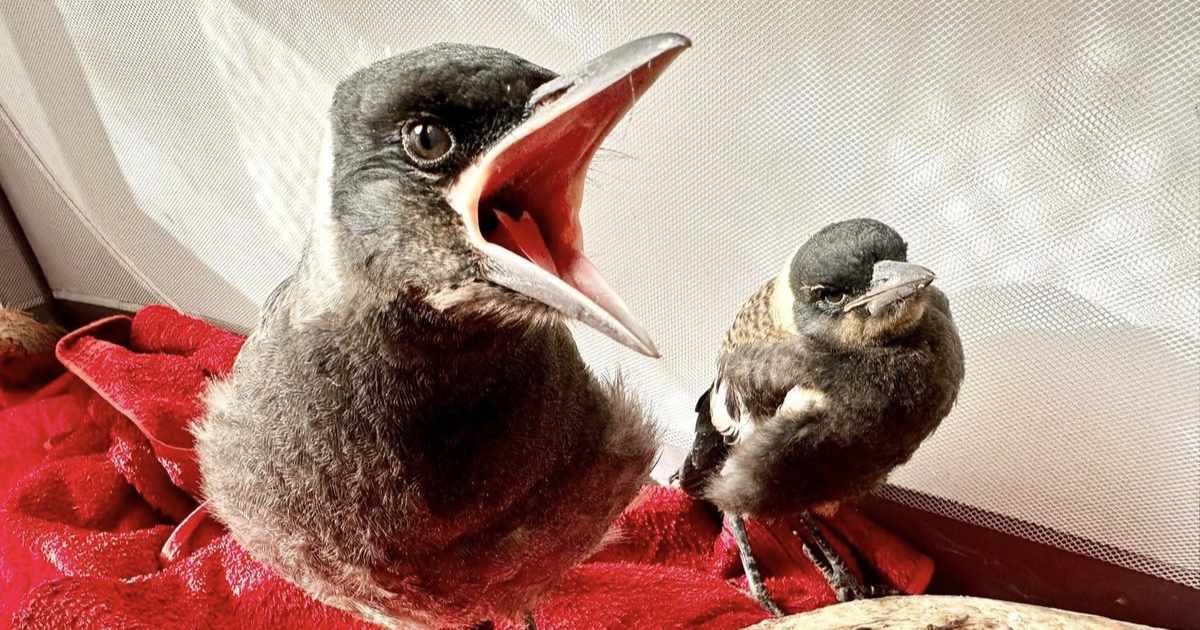Aerial effects to slow Otways dieback

An air tractor from Field Air Group in Ballarat spraying phosphite to protect the Anglesea heathland. Photos: SUPPLIED
JOINT efforts to slow the spread of destructive dieback in the Otways have taken to the air.
Agencies are working together to combat Phytophthora cinnamomi, a deadly plant pathogen that decimates habitat for threatened species throughout the Otways
The disease is a plant pathogen that devastates native plant communities and the animal species that rely on them for habitat.
It is microscopic and lives in the soil, water and plant material. It attacks roots, restricting the uptake of water and nutrients, killing the plant.
Certain native species such as the grass trees and banksias are particularly susceptible to the disease, which affects the habit of animals such as the southern brown bandicoot, the long-nosed potoroo and the swamp antechinus.

The federal government’s Wild Otways Initiative aims to protect native wildlife from threatening processes, including phytophthora.
To slow the spread of the pathogen, an aerial flight took place to apply phosphite, a salt-like chemical, over critical habitat in the Otways, including the Anglesea heathland.
Phosphite works by boosting susceptible plants’ defences against Phytophthora, inoculating sensitive heathlands against the pathogen.
“We can protect large amounts of bushland fairly quickly and easily using aerial spraying,” Parks Victoria regional conservation program co-ordinator Katrina Lovett said.
She said despite the efficiency and effectiveness of phosphite application, it was an ongoing battle against dieback.
“It’s not our silver bullet, you need to repeatedly treat target sites as plants lose their immunity over time.”

Corangamite Catchment Management Authority (CCMA) programs manager Jessica Miller said dieback could not be eradicated once it was present but it could be controlled.
“Applying phosphite to plants doesn’t kill the disease, but what it does is boosts the plant’s immunity. So, it’s a little bit like an immunisation.”
The Department of Environment, Energy and Climate Action (DEECA) is also providing assistance.
“We’re working together to slow the spread of Phytophthora dieback in the Otways, and this trial will give us a real insight into the effectiveness of aerial spraying across a large area,” DEECA Wild Otways project officer Tim Miller said.
To deliver this work, Barbara Wilson Pty Ltd is working in partnership with the CCMA, Parks Victoria, the DEECA and Field Air Group.
The broader Phytophthora project is mapping the occurrence of the pathogen in the Otways, prioritising areas for protection and training agency staff, community groups and traditional owner groups in hygiene to prevent the spread of the disease.

















